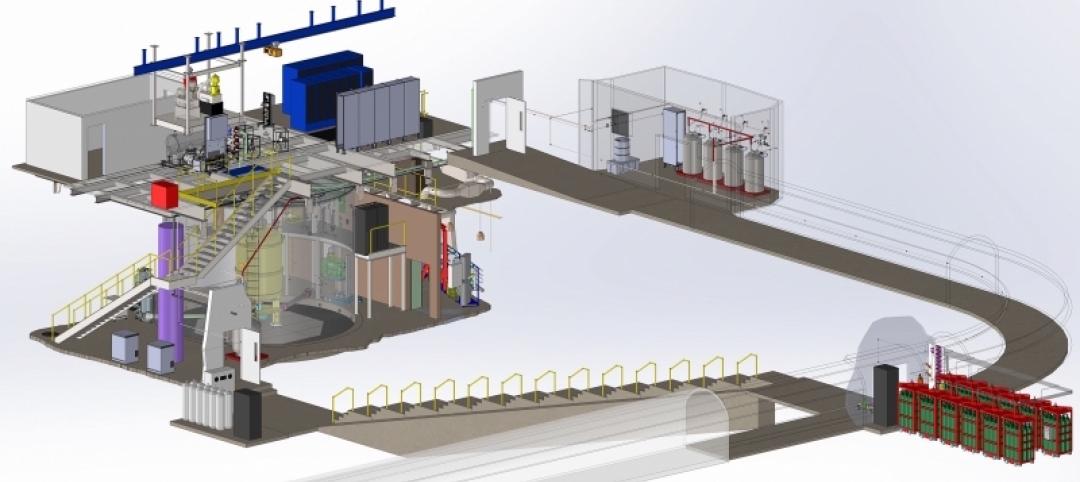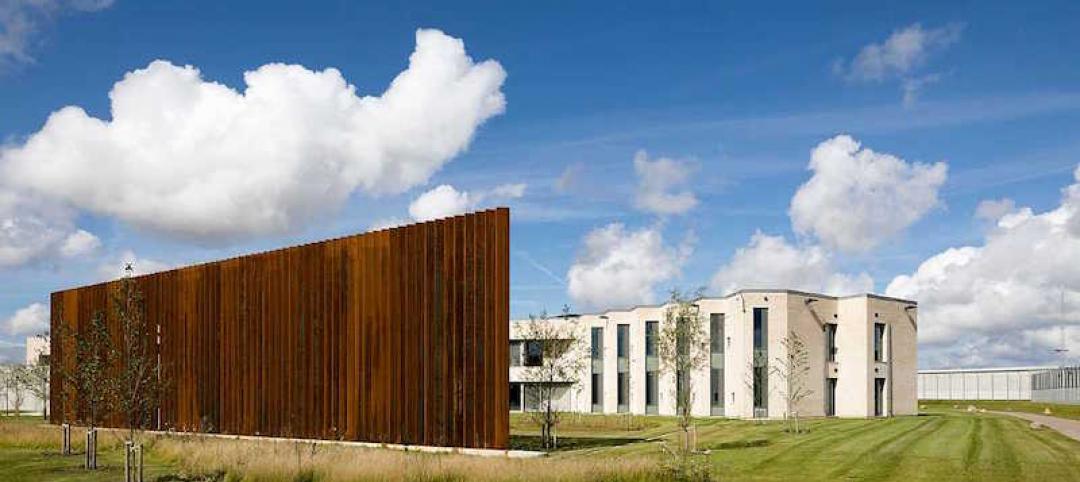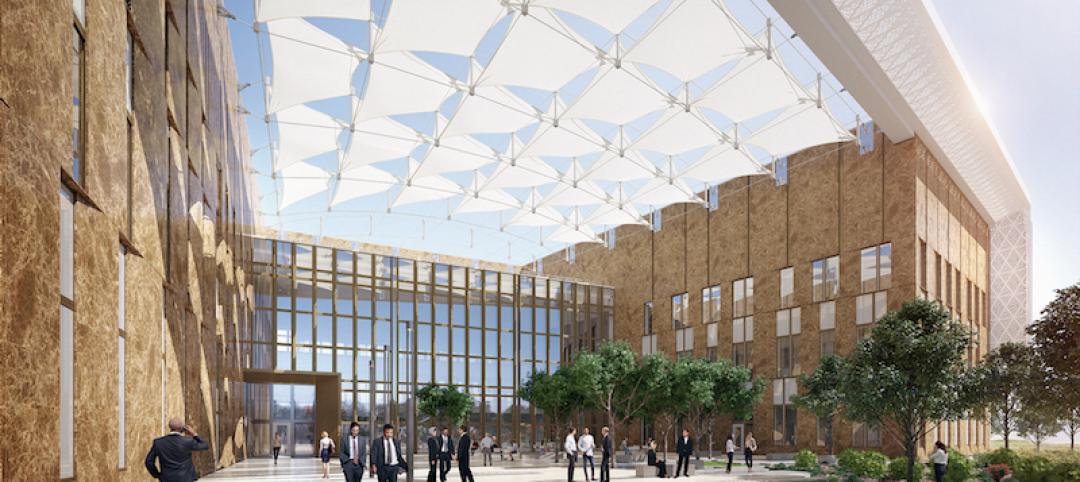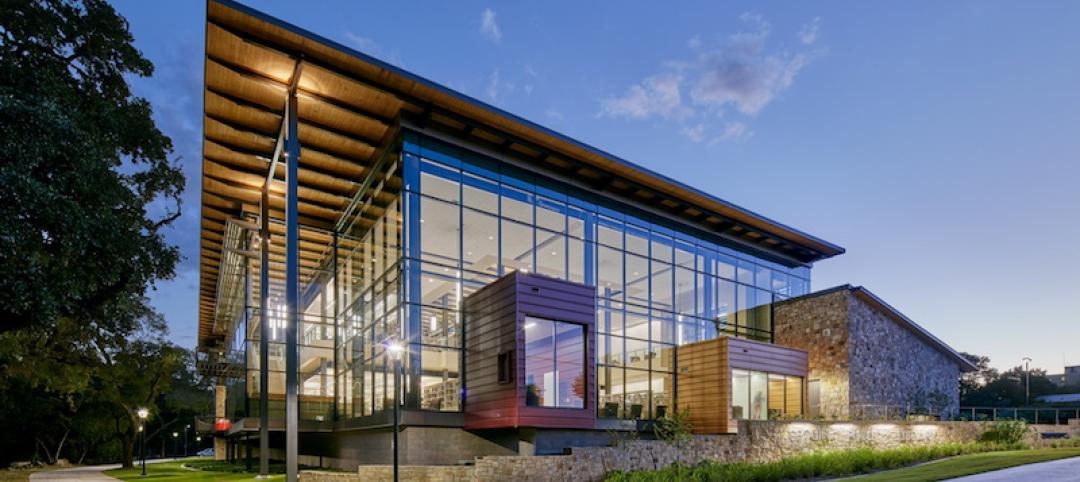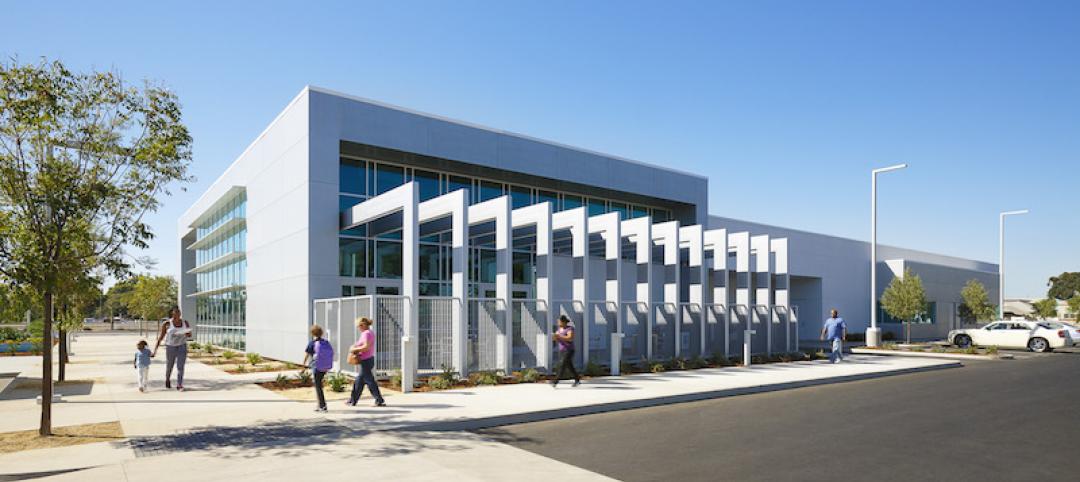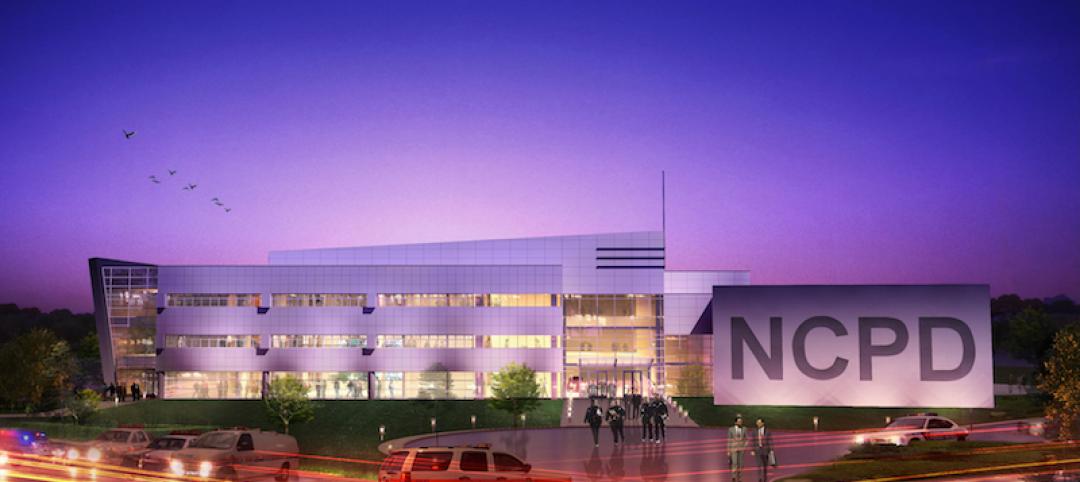WASHINGTON - GSA announced that it will test and evaluate 16 emerging sustainable building technologies and practices in select federal facilities under its Green Proving Ground program. Testing will determine the most effective technologies that may then be replicated on a wider-scale basis throughout the GSA inventory with the goal of transforming markets for these technologies.
"GSA is leading the way in sustainable design and construction operations," GSA Administrator Martha N. Johnson said. "By using our real estate portfolio as a test bed for new technologies, we can then provide further innovation in energy efficiency standards and implement best practices that will lead the market."
The technologies selected were from a pool of approximately 140 projects across GSA's national portfolio that are currently implementing innovative or underutilized sustainable building technologies. The 16 technologies and practices were selected for evaluation because they have the greatest potential to meet GSA's sustainability goals. Examples of the technologies chosen include wireless temperature sensors, electrochromic windows, high R-value windows, integrated lighting systems, thin-film photovoltaic panels, solar water heating with integrated photovoltaic panels, chilled beams, and non-chemical water treatment systems.
With support from the Department of Energy's National Laboratories, the Green Proving Ground program will perform enhanced testing, monitoring and evaluation on these selected technologies. Notable findings from all of the projects will be used to support the development of performance specifications for GSA's real estate portfolio and other federal agencies. Additionally, testing these technologies will assist industry in deploying the technology and practices studied.
For more information on the 16 technologies to be evaluated under GSA's Green Proving Ground program and on GSA's registry of sustainable building technologies, visit http://www.gsa.gov/GPG.
Related Stories
Government Buildings | Apr 26, 2018
DLR Group’s design for the new Lansing Correctional Facility focuses on energy-efficiency
JE Dunn will manage the design and construction of the Kansas-based facility.
Reconstruction & Renovation | Feb 7, 2018
Renovations begin on an underground facility that is investigating the nature of dark matter
This LEO A DALY-designed project makes way to produce the world’s most sensitive detector to this point.
Government Buildings | Dec 11, 2017
Is this the world’s most humane prison?
The C.F. Møller-designed prison’s architecture supports the inmates’ and staff’s mental and physical well-being.
Architects | Oct 11, 2017
Architects to policymakers: Buildings are infrastructure, too
Left out of this ongoing national debate over infrastructure are the nation’s other public buildings: the libraries, community centers, courthouses, community college buildings, affordable housing developments, and justice facilities.
Giants 400 | Oct 2, 2017
Delicate balance: Needs vs. capital for government agencies
John Caulfield, Senior Editor
Giants 400 | Sep 28, 2017
Top 85 government construction firms
Turner Construction Co., PCL Construction Enterprises, and Clark Group top BD+C’s ranking of the nation’s largest government sector contractors and construction management firms, as reported in the 2017 Giants 300 Report.
Giants 400 | Sep 28, 2017
Top 55 government engineering firms
WSP, AECOM, and Arup top BD+C’s ranking of the nation’s largest government sector engineering and EA firms, as reported in the 2017 Giants 300 Report.
Giants 400 | Sep 27, 2017
Top 95 government architecture firms
Stantec, HOK, and Gensler top BD+C’s ranking of the nation’s largest government sector architecture and AE firms, as reported in the 2017 Giants 300 Report.
Government Buildings | Jul 26, 2017
Spector Group unveils new law enforcement center for Nassau County
The center will serve as a regional training center for all Nassau County Police personnel.
Building Team Awards | Jun 13, 2017
Government campus reimagined: Intelligence Community Campus
Building Team converts 1940s campus into a sleek, modern home for U.S. intelligence agencies.



